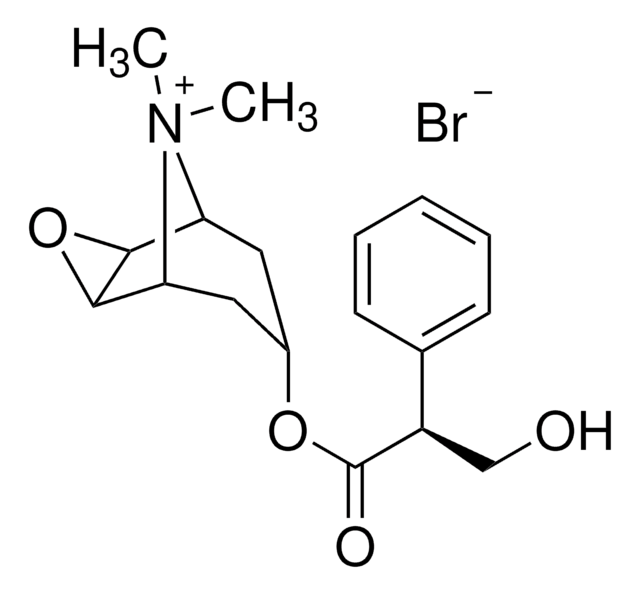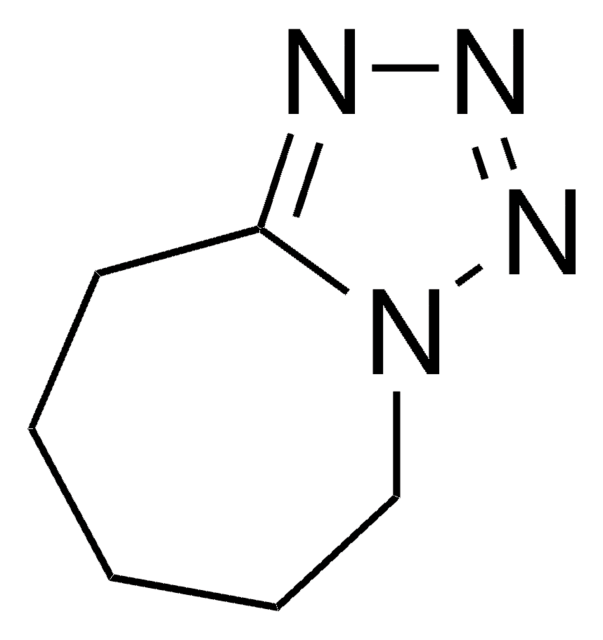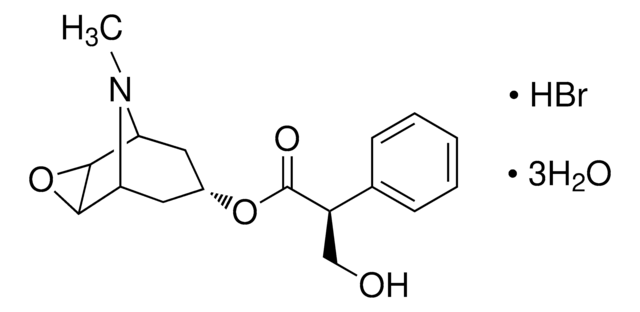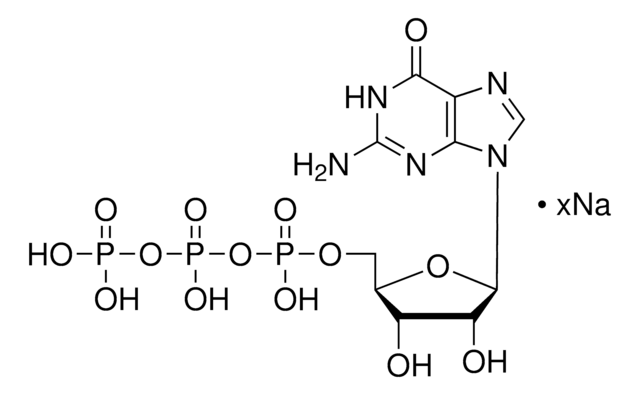S2250
(−)Scopolamine methyl nitrate
Synonym(e):
Hyoscine methyl nitrate, Methscopolamine nitrate
About This Item
Empfohlene Produkte
Löslichkeit
water, high purity: 50 mg/ml
SMILES String
[O-][N+]([O-])=O.C[N+]1(C)C2CC(CC1C3OC23)OC(=O)[C@H](CO)c4ccccc4
InChI
1S/C18H24NO4.NO3/c1-19(2)14-8-12(9-15(19)17-16(14)23-17)22-18(21)13(10-20)11-6-4-3-5-7-11;2-1(3)4/h3-7,12-17,20H,8-10H2,1-2H3;/q+1;-1/t12?,13-,14?,15?,16?,17?;/m1./s1
InChIKey
BSQIVYOSLFLSGE-UXXRHRDBSA-N
Angaben zum Gen
human ... CHRM1(1128) , CHRM2(1129) , CHRM3(1131) , CHRM4(1132) , CHRM5(1133)
Anwendung
Biochem./physiol. Wirkung
Signalwort
Danger
H-Sätze
Gefahreneinstufungen
Acute Tox. 1 Dermal - Acute Tox. 2 Inhalation - Acute Tox. 2 Oral
Lagerklassenschlüssel
6.1A - Combustible acute toxic Cat. 1 and 2 / very toxic hazardous materials
WGK
WGK 3
Flammpunkt (°F)
Not applicable
Flammpunkt (°C)
Not applicable
Analysenzertifikate (COA)
Suchen Sie nach Analysenzertifikate (COA), indem Sie die Lot-/Chargennummer des Produkts eingeben. Lot- und Chargennummern sind auf dem Produktetikett hinter den Wörtern ‘Lot’ oder ‘Batch’ (Lot oder Charge) zu finden.
Besitzen Sie dieses Produkt bereits?
In der Dokumentenbibliothek finden Sie die Dokumentation zu den Produkten, die Sie kürzlich erworben haben.
Unser Team von Wissenschaftlern verfügt über Erfahrung in allen Forschungsbereichen einschließlich Life Science, Materialwissenschaften, chemischer Synthese, Chromatographie, Analytik und vielen mehr..
Setzen Sie sich mit dem technischen Dienst in Verbindung.








